Ben Valsler
This week, Katrina Krämer has something quite unusual for us –her substance is not a compound – in fact it’s the smallest possible anion – and it’s appeared in some very unusual places…
Katrina Krämer
Every responsible researcher will tell you that chemistry is not about the flashes and bangs, but rather about discovering the properties of matter and making the world a better place with new materials and drugs. But I doubt that any budding chemist could deny the fascination of one of the classic explosive science demonstrations: a piece of silvery metal, so soft that it can be cut with a blunt knife, is dropped into water. The metal reacts immediately, vigorously fizzing around on the surface, bursting into flames and finally exploding. I’m of course talking about the reaction of alkali metals like sodium or potassium in water.
But this reaction isn’t restricted to the classroom. Pavel Jungwirth and his colleagues from the Academy of Sciences in Prague, Czech Republic, wanted to take a closer look. They borrowed a high-speed camera to watch small amounts of NaK (a mixture of sodium and potassium that is liquid at room temperature) explode when dropped into water.
Pavel Jungwirth
‘So we also, like everyone else, like throwing sodium into water. We went one step further and asked ourselves a few questions: what is the mechanism of the explosion? That’s a study that we did a couple of years ago and led us to the discovery of a new, very interesting mechanism, an electrostatic mechanism, that drives the explosion. But then we said “okay, explosions are last year’s science, let’s do something else” and we learned how to actually keep the reaction right at the brink of explosion but actually not exploding.’
Katrina Krämer
What started out as a bit of weekend science soon became a serious research topic. Jungwirth and his team went a step further: they very carefully changed the reaction conditions and syringed a NaK droplet directly onto the surface of the water. What they saw was surprising:
Pavel Jungwirth
‘This metallic drop, when it was reacting, at a certain point it converted into a transparent ball that was floating for another second or two on the water’s surface. We were really puzzled as to what that was. And then we realised that it was actually the product of the reaction, which is hydroxide. Now hydroxide is solid [at room temperature] but the temperatures here are about 600 degrees Celsius, so it was actually molten hydroxide that was separated by a thin vapour layer and was kind of rolling on the water surface until it cooled and then it mixed vigorously with water.’
Katrina Krämer
The metal rolled around on the surface like a drop of water on a hot stove. But before it went transparent, it developed a deep blue ‘skin’ that quickly disappeared. This blue colour could only mean one thing: solvated electrons.
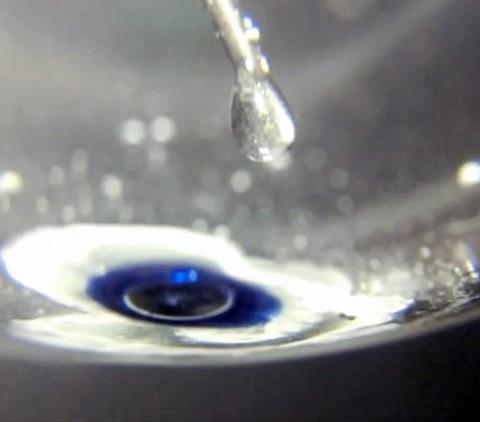
Pavel Jungwirth
‘Normally we think of electrons as belonging to certain atoms, not really particles by themselves. But actually they can exist in solutions by themselves. It all goes back to Humphrey Davy, so very early 19th century, where people noticed that in ammonia vapour, if you add sodium then it turns blue. Then if you actually liquefy ammonia, which came later, you can get this beautiful blue solution, it’s almost like blue ink. Clearly these electrons leave the alkali metal and they go into the ammonia solution and they very strongly absorb light. They absorb red light, so if you have white light behind it turns blue.’
Katrina Krämer
When the blue solution was first described, people didn’t know about electrons. It was only in 1907 that American chemist Charles Kraus found that the solution conducts electricity – a fact he attributed to the existence of free electrons, liberated from the dissolved metal. Although solvated electrons do exist in water, they only survive for about a microsecond, and quickly react with water to form hydrogen gas and hydroxide ions. A similar reaction also happens in ammonia, but the reaction is much slower. So how come Jungwirth’s team could still see the blue electrons with the naked eye?
Pavel Jungwirth
‘When you’re trying to take a bath, a normal person would go to the bathtub, put in a plug and start pouring water. And that’s what you’re doing in ammonia – you’re pouring in electrons and there is a plug. It’s a leaky plug, but it doesn’t leak too much. The electrons simply accumulate there and you can take a nice bath with the electrons. But the situation in water is like a bathtub without a plug. It’s just simply leaking out like crazy, they just react too fast. So the only way to have a bath with electrons in water is to increase the inlet – to pull the electrons faster than they are leaking out. And that’s what we managed. For about a second – it was a quick shower rather than a long bath – but we managed for about a second to pull the electrons from the metal faster than they were disappearing through the chemical reactions, and that allows us to see it.’
Katrina Krämer
But solving the leaky bathtub problem means more than just satisfying chemistry curiosity. The Birch reaction uses solvated electrons’ strong reductive potential to hydrogenate aromatics, for example converting benzene into 1,4-cyclohexadiene. On an industrial scale, this reaction uses huge amounts of ammonia, which needs to be cooled below –78°C to liquefy. Making persistent solvated electrons in water could help to replace ammonia with water – a more economically and ecologically friendly option. Moreover, studying solvated electrons might reveal some of their more exotic properties, for example their ability to convert water into a metal-like state.
Pavel Jungwirth
‘Maybe by understanding the process in water and seeing the differences between ammonia and water can lead us to some very interesting ideas. For example, it really matters how many electrons you put into water. If you put just a few electrons into water they will create these isolated solvated electrons, same in ammonia. So one electron surrounded by the solvent molecules. But if you keep pumping more and more, these electrons can actually pair, so it’s called a dielectron. The reducing properties of this dielectron will be different from the reducing properties of a single electron. And it gets more interesting when you start putting more and more electrons, as these dielectrons start to coalesce and you create almost a conduction band – the solution actually turns from blue to bronze, which immediately tells you it has metallic properties, there is a free flow of electrons. Again, we don’t know very well what are the reducing properties of these solutions at very high concentrations.’
Katrina Krämer
So long-lived solvated electrons may help us to better understand the properties of matter, as well as developing new, efficient processes. Maybe there is still a lot we can learn from the flashes and bangs.
Ben Valsler
That was Katrina Krämer and Pavel Jungwirth on the smallest possible anion – the solvated electron. Next week, Brain Clegg returns with a family of compounds that we couldn’t live without…
Brian Clegg
There’s a popular myth that blood gets its red colour from the iron in haemoglobin, but the truth is far more interesting – it is the shape of the haem pigment that gives that distinctive redness, and haem is just one of a family of organic compounds called porphyrins.
Ben Valsler
Join us next week to find out more. A podcast on porphyrins was requested by Matthew Hartle on twitter – so if you have any suggestions for compounds we should cover get in touch by email to chemistryworld@rsc.org or on twitter to @chemistryworld. I’m Ben Valsler, thanks for joining me.
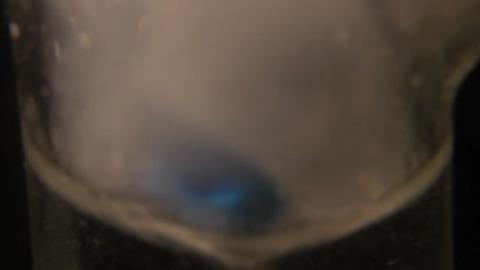





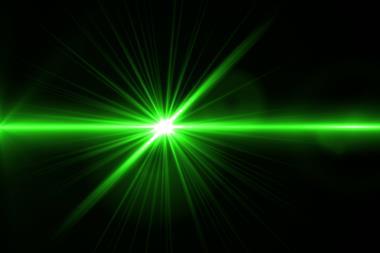
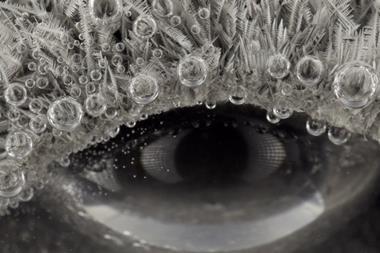
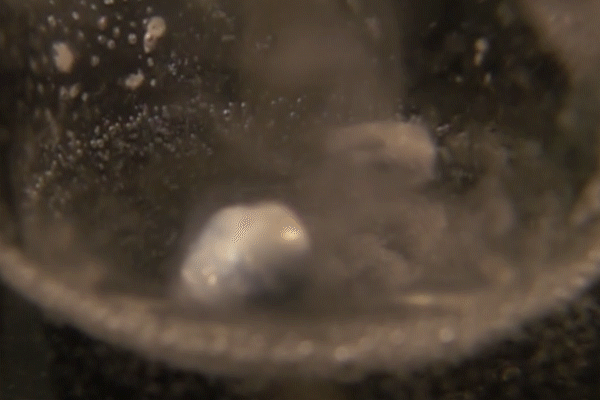
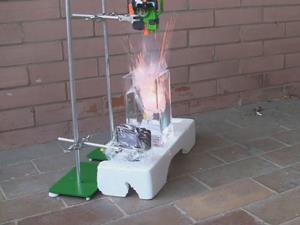



1 Reader's comment